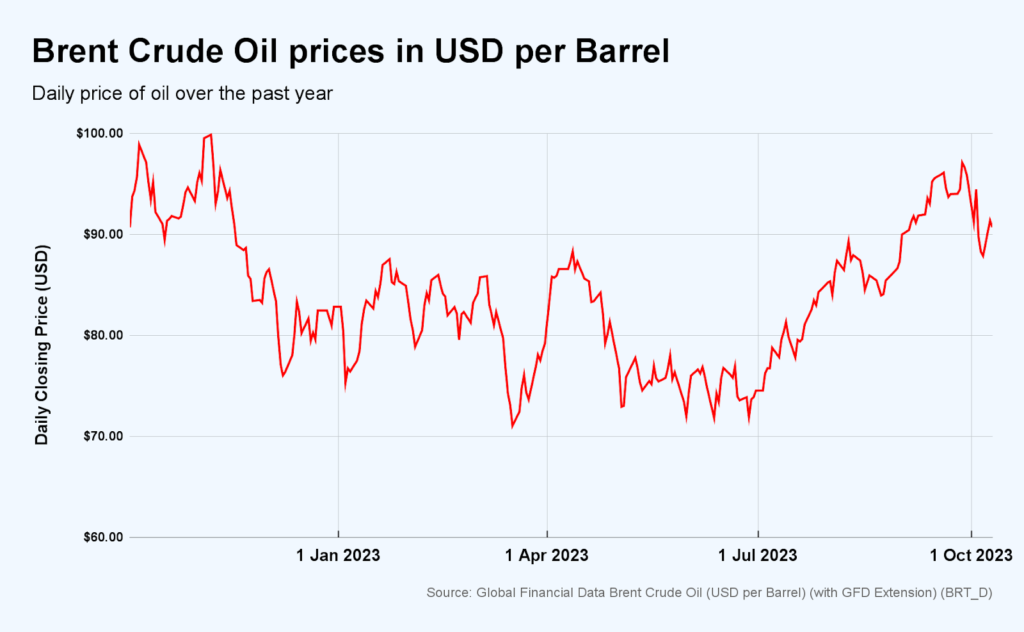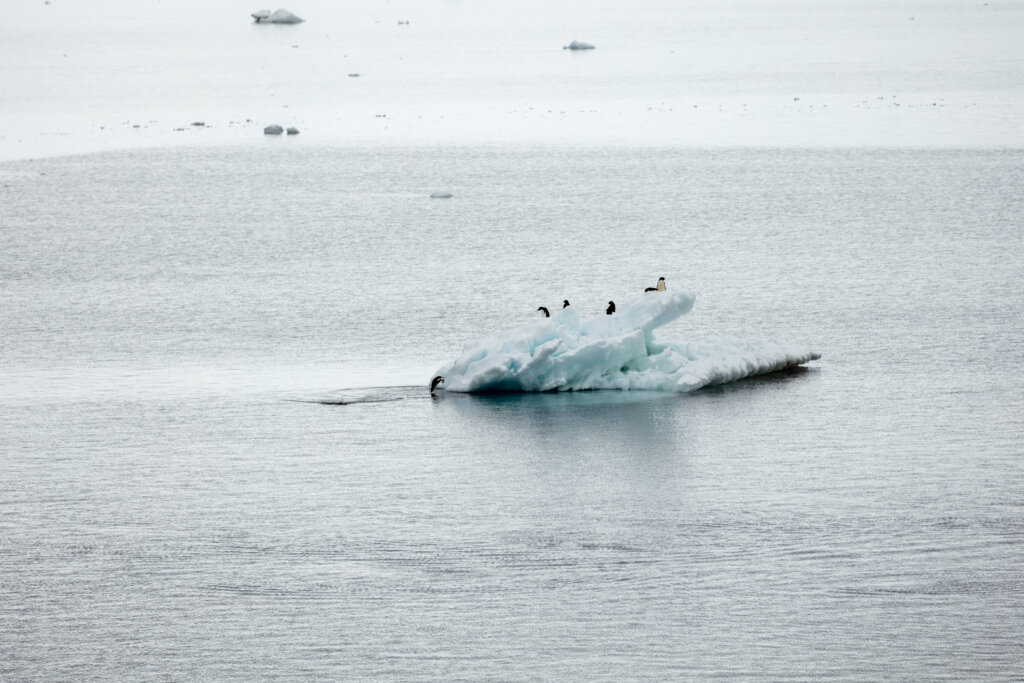A note from the editors
This week has proved to be an important one in global politics.
By far the biggest piece of news has been the escalation of the conflict between Israel and Hamas, in which a massive humanitarian crisis looms. Our Middle East Editor Anas gives an in-depth rundown of the situation up to now.
This week has also been one tested by the elements with the United States experiencing a rare solar eclipse and scientists recording an unprecedented melting of the ice shelves fo the antarctic.
Whether you liked the new coat of paint on the Rad Cam or not, this week has proved that a lot goes on Outside OX1.
P. S. Check out the environment section’s new column ‘The Green Piece’ (although obviously make sure to read this one first).
Violence rapidly escalates in Gaza
Anas Dayeh
In the early hours of 7 October 2023, Hamas militants launched an unparalleled surprise attack on Israeli towns near the Gaza Strip, firing a barrage of rockets and deploying a sizable force on the ground. As of the 11th of October 2023, Israel retaliated with its air force, striking over 200 targets in Gaza City’s neighbourhoods, marking an intense phase of military engagement [1].
On October 9, 2023, Israel announced a complete blockade on the Gaza Strip. This blockade severely restricted the flow of essential commodities, such as food, fuel, and water, to the 365 square kilometre Strip. To put that into perspective, London is approximately 1572 square kilometres.
Israel’s severe retaliatory measures included issuing an evacuation warning to over 1 million residents in northern Gaza on 13 October 2023, advising them to relocate to southern Gaza within the next 24 hours. This unprecedented warning increased the risk of mass exodus, causing panic and distress among the population [2].
While some have attempted to comply with the order, The Washington Post has reported that it verified a video showing an Israeli strike on a convoy of civilians trying to escape north Gaza [4]. After multiple bombings by Israeli forces, Egypt closed its border crossing with Gaza on Tuesday. Egypt has stated that it will not allow a mass exodus of Gazans across its border [3].
The violence unleashed a catastrophic humanitarian scenario, with the death toll rising significantly. As of 14 October 2023, more than 1,300 Israelis and at least 2,215 Palestinians have been confirmed dead, with the numbers expected to rise as hostilities continue [4] [5].
The international community reacted with grave concern. UN experts condemned the violent attacks on civilians and the blockade, which they deemed unlawful, foreseeing devastating impacts on the civilian population [6].
Back in the UK, protests were organised in several cities, including Oxford, London, and Manchester, with more expected to happen [7]. On Saturday morning, the 14th of October, the International Centre of Justice for Palestinians (ICJP) issued a written notice to Rishi Sunak informing him of the intention to prosecute UK government officials for complicity in Israeli war crimes [8].
Saudi Arabia has suspended talks on potentially normalising ties with Israel, a source told AFP on Saturday [9].This week’s events have led to a significantly deteriorated security and humanitarian situation in the region, with no immediate resolution in sight. As it stands, the ground invasion of Gaza is expected soon [10].
Autumn chill falls on the global economy
Ollie Edwardes
Friday saw the biggest oil price rise in a single day since April, with traders becoming increasingly anxious about escalation in the Israel-Hamas war. As the chart below demonstrates, oil prices had dropped to $73 a barrel over the summer, but they’ve been creeping back up in recent weeks. Global traders are concerned about the growing impact of heightened Middle East tension. Stricter US enforcement of sanctions on Iranian exports and disruption to the Strait of Hormuz could cause further spikes, with some analysts predicting a return to the days of $100 for a barrel of oil.
A rise in the price of oil is likely to weigh down the global economy directly, since it makes transporting products around the world more expensive and this will in turn reduce the amount of trade and economic activity occurring globally. Additionally, the upward pressure on inflation is likely to result in higher interest rates for longer across the globe and this could push many economies closer to recession.

The September US inflation data was also released this week and it showed prices had risen faster than many economists predicted, leading to fears of further interest rate rises. Policymakers everywhere will be disheartened as they face another challenging economic winter ahead.

‘Ring of fire’ solar eclipse dazzles the US
Becky Collet
Stargazers and astronomers bore witness to a spectacular and rare celestial event on Saturday.
Parts of the US, Mexico, and South and Central America witnessed a ‘ring of fire’ solar eclipse, whose technical name is an ‘annular solar eclipse’. It’s called this because only a thin ring or annulus of light remains visible whilst the Moon passes between the Earth and the Sun.
Though the amount of sunlight visible was minimal, it still was not completely blocked out by the moon and so viewers of the eclipse were advised by the American Astronomical Society (AAS) to use eclipse glasses to look at the sky. The press officer for the AAS, Rick Fienberg told the space news site Space.com that “Normal sunglasses typically let in between 10 and 20 percent of daylight… but that’s still way too bright… The filters that are made for looking at the sun are typically 100,000 times darker.” He warned viewers that looking at the eclipse with the naked eye or through a camera lens, binoculars, or a telescope that does not have a purpose-built solar filter fitted over the front can lead to severe eye injury or even blindness.
But we need not miss out on the action in Oxford as Nasa broadcasted a livestream of the event including views from telescopes in the eclipse’s track, which can now be found on YouTube. Scientists at Nasa also took full advantage of the eclipse for their scientific investigations, by firing rockets into the shadow of the eclipse to study how a sudden decrease in sunlight affects the upper atmosphere.
Australia rejects Indigenous “Voice” referendum in a blow to reconciliation
Hajar Zainuddin
TW: Suicide, forced displacement
On Saturday, Australia resoundingly rejected a proposal to give greater political rights to Indigenous people through the creation of an advisory body, the “Voice to Parliament”.
The referendum required Australian adults to vote “Yes” or “No” on the question: “A Proposed Law: to alter the Constitution to recognise the First Peoples of Australia by establishing an Aboriginal and Torres Strait Islander Voice. Do you approve this proposed alteration?” If successfully established, the Voice would have been able to “make representations” to Parliament and the executive government “on matters relating to Aboriginal and Torres Strait Islander peoples”.
The Voice was first proposed in the Uluru Statement from the Heart, a 2017 document crafted by Indigenous leaders that set out a roadmap for reconciliation with wider Australia.
Australia’s Indigenous citizens, including Aboriginal and Torres Strait Islander peoples, make up 3.8% of the country’s 26 million population and have inhabited the land for about 60,000 years. However, they are not mentioned in the constitution. They also are the most disadvantaged people in the country by many socio-economic measures, with an eight-year gap in average life expectancies and disproportionately high rates of suicide, domestic violence and imprisonment. In addition, a third of Indigenous children were forcibly removed from their families from 1910 until the 1970s in an attempt to assimilate them into white society. The government apologised for the so-called “Stolen Generation” in 2008.
Supporters of the Voice proposal believed entrenching an Indigenous Voice into the constitution would unite Australia and usher in a new era with its Indigenous people. Conversely, the political opposition has said the measure would be divisive, possibly create special “classes” of citizens, and slow government decision-making. A misinformation campaign spread through social media also sparked fear that the Voice might become a third chamber of Parliament, unfairly favouring Indigenous people.
On Saturday, the plan failed with over 60% of Australians, and every state and mainland territory apart from Australian Capital Territory, voting ‘No’. Academics and human rights advocates fear this could set reconciliation efforts back by years. Some Indigenous leaders called for a week of silence, with one saying “Reconciliation is dead.”
Prime Minister Anthony Albanese said he respected the decision. However, as Albanese has staked much of his political capital on the referendum, analysts say he has “squandered” a significant opportunity, and that the loss would be “a personal as well as a political blow” to him.
Minister for Indigenous Australians Linda Burney, who is Aboriginal, told Indigenous people that the recent months of referendum campaign had been “tough.”
“But be proud of who you are. Be proud of your identity,” Burney said after conceding defeat. “Be proud of the 65,000 years of history and culture that you are a part of. And your rightful place in this country. We will carry on and we’ll move forward and we will thrive.”
Australians had previously rejected a 1999 referendum seeking to recognise Indigenous Australians in the constitution. That proposed to add a preamble acknowledging that Indigenous Australians had inhabited the country “since time immemorial” and were “honoured for their ancient and continuing cultures” – a merely symbolic, not legal recognition.
Albanese’s government has indicated it will continue seeking new ways to uplift Indigenous Australians. Nonetheless, analysts predict that the referendum’s failure could herald a more divisive “Trump-style” politics at Australia’s next national election, which leaves future reconciliation efforts uncertain.

Environment – Antarctic ice shelves accelerate melting
Lottie Tellyn | Have a read of this sneak peak at the Environment section’s first column The Green Piece.
A report published this week has estimated that over 7.5 trillion metric tonnes of ice shelves in the Antarctic have melted in the last 25 years.
The particular significance of this is that ice shelves are often what is keeping larger glaciers, previously stuck behind them, from melting even faster. The obvious result of this is that this climate-change-caused melting will result in sea level rises, something which is set to affect many communities not sufficiently prepared to deal with them, over the next decades.
The biggest loss comes from the Thwaites Ice Shelf. This ice shelf holds back a glacier nicknamed “Doomsday” because it is both so large and melting so fast. This shelf has lost around 70% of its mass in the last 25 years. Were this glacier to collapse completely, global sea levels could increase by 65cm.
This total loss of ice amounts to around 300 billion metric tonnes per year, which confirms numbers found in previous studies.

